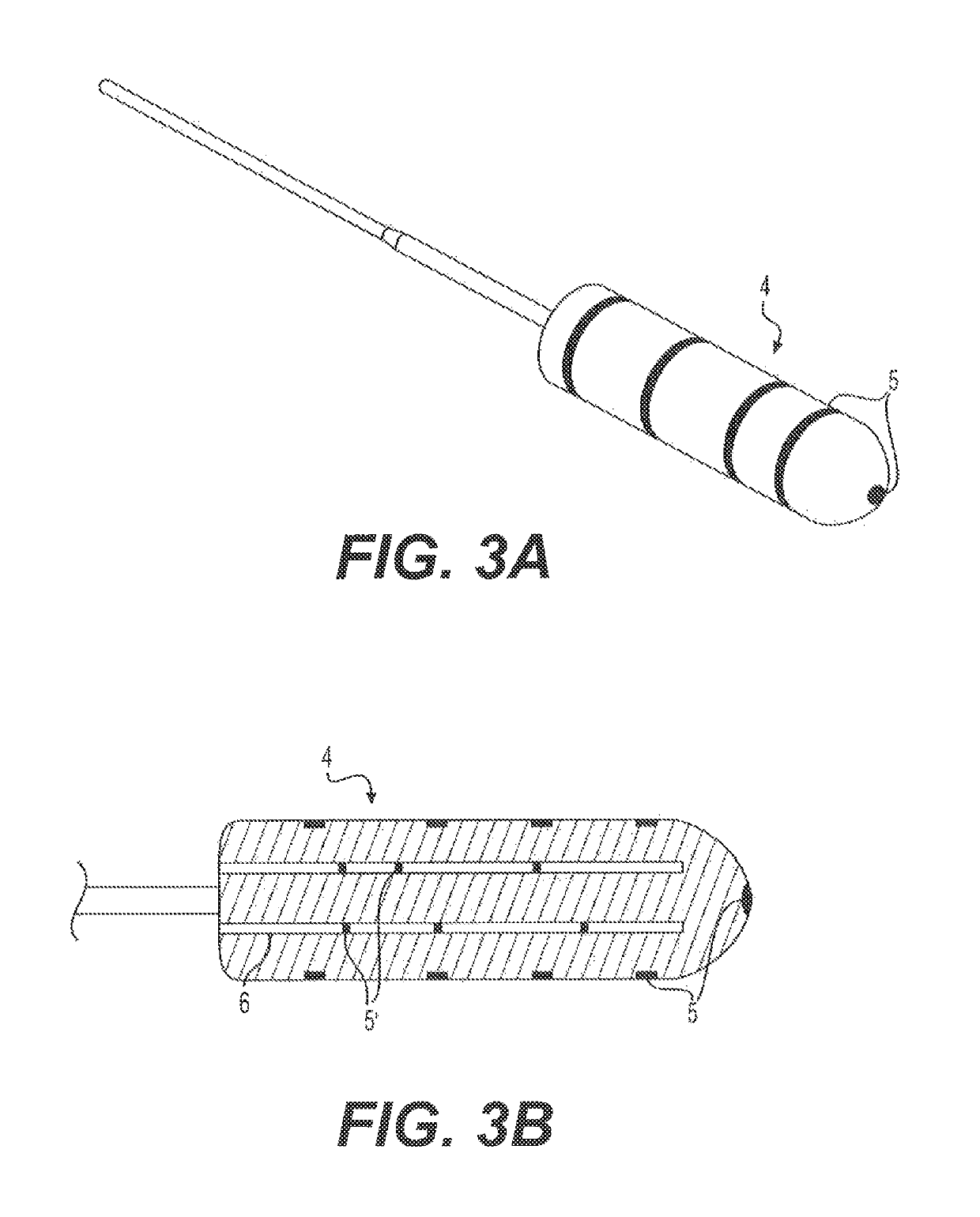Brachytherapy position verification system and methods of use
a position verification and brachytherapy technology, applied in the field of position verification systems, can solve the problems of affecting the amount of radiation treatment delivered to the target tissue, the wrong amount of treatment, and the wrong dosage of treatment,
- Summary
- Abstract
- Description
- Claims
- Application Information
AI Technical Summary
Benefits of technology
Problems solved by technology
Method used
Image
Examples
Embodiment Construction
[0043]Reference will now be made in detail to the exemplary embodiments of the present disclosure described below and illustrated in the accompanying drawings. Wherever possible, the same reference numbers will be used throughout the drawings to refer to same or like parts. For purposes of this disclosure, “proximal” refers to an end closer to the source of treatment (e.g., afterloader), and “distal” refers to an end further from the source of treatment. “Radiotherapy source” refers to a radioactive or x-ray source and encompasses both sources used for therapeutic and non-therapeutic purposes. “Communication” may refer to receiving signals, transmitting signals, or both receiving and transmitting signals. Additionally, the term “conduit” may refer to a catheter, needle, tube, applicator, applicator channel, or any suitable delivery pathway for a radiotherapy source.
[0044]While the present disclosure is described herein with reference to illustrative embodiments for particular applic...
PUM
 Login to View More
Login to View More Abstract
Description
Claims
Application Information
 Login to View More
Login to View More - R&D
- Intellectual Property
- Life Sciences
- Materials
- Tech Scout
- Unparalleled Data Quality
- Higher Quality Content
- 60% Fewer Hallucinations
Browse by: Latest US Patents, China's latest patents, Technical Efficacy Thesaurus, Application Domain, Technology Topic, Popular Technical Reports.
© 2025 PatSnap. All rights reserved.Legal|Privacy policy|Modern Slavery Act Transparency Statement|Sitemap|About US| Contact US: help@patsnap.com



